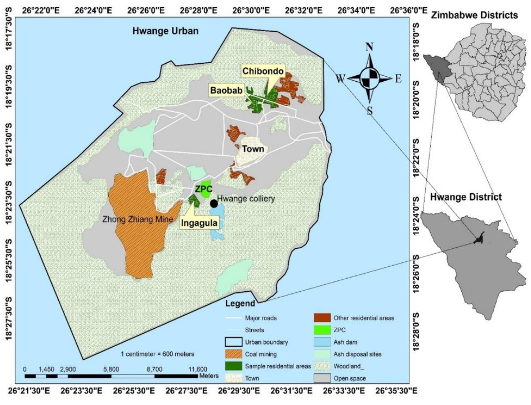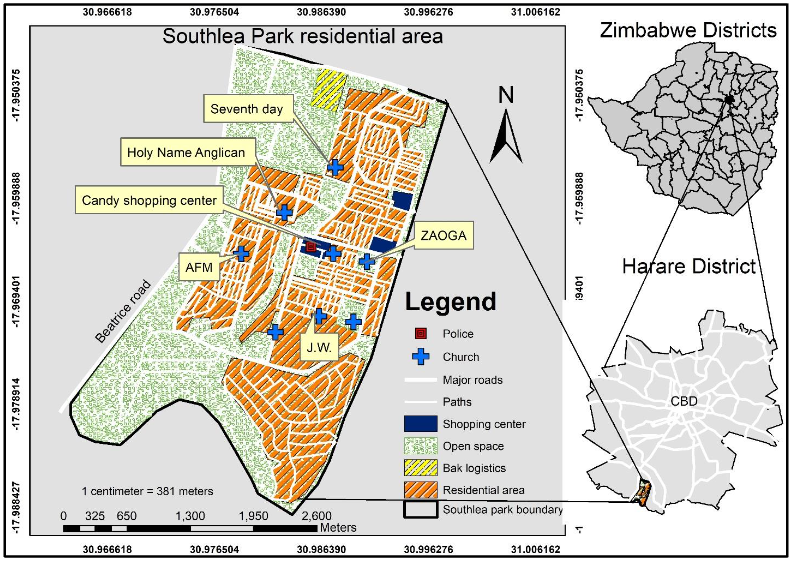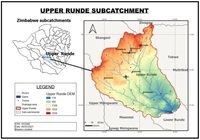Digitalization’s role in energy demand and renewable energy integration: Evidence from BRICS + countries
Abstract
This research examines the effect of digitalization on energy consumption and the integration of renewable energy in the energy mix in BRICHS countries (Brazil, Russia, India, China, South Africa, and Saudi Arabia) from 2015 to 2023. Panel regression models, including the fixed effects model and the random effects model, were employed to analyze within-country and between country variations. The Hausman test confirmed the appropriateness of the fixed effects model for country-specific analysis. Cointegration tests, such as the Pedroni Panel Cointegration Test and the Kao Residual Cointegration Test, were used to evaluate long-term equilibrium relationships, while Granger causality tests were conducted to identify directional relationships. Robustness checks included the Breusch-Pagan test for heteroskedasticity and the Durbin Watson test for serial correlation, ensuring the reliability of the findings. The findings reveal that digitalization contributes to intensive energy consumption, particularly in fossil fuel-rich countries like Russia and Saudi Arabia. However, countries such as Brazil and China interpret this situation differently due to their significant levels of installed renewable energy capacity, which partially offsets the impact of digitalization on energy demand. Furthermore, the increasing use of mobile data has replaced mobile broadband infrastructure in India, a rapidly digitizing economy, mitigating the energy-intensive nature of broadband systems. Thus, this study highlights the need for a balanced view of digitalization, such that technology fosters a sustainable energy transition rather than undermines it. The integration of digitalization with sustainable energy policies offers a greater chance of realizing benefits, minimizing environmental impacts, and achieving a seamless energy transition. This duality presents a significant challenge for policymakers in balancing energy transitions and underscores the need for strategies that maximize the benefits of digitalization while minimizing its adverse effects on energy consumption.
References
[1]Ren Y, Xia Y, Li M et al. The Effects of Digital Transformation on Corporate Energy Efficiency: A Supply Chain Spillover Perspective. Available online: https://ssrn.com/abstract=5021733 (accessed on 12 November 2024).
[2]Huang C, Lin B. The impact of digital economy on energy rebound effect in China: A stochastic energy demand frontier approach. Energy Policy. 2025; 196: 114418. doi: 10.1016/j.enpol.2024.114418
[3]Chauhan S. The Growing Energy Demand of Data Centers: Impacts of AI and Cloud Computing. International Journal for Multidisciplinary Research. 2024; 6(4): 1-10.
[4]Brynjolfsson E, & McAfee A. Machine, platform, crowd: Harnessing our digital future. W. W. Norton & Company; 2017.
[5]Rana MM, Uddin M, Sarkar MR, et al. Applications of energy storage systems in power grids with and without renewable energy integration—A comprehensive review. Journal of energy storage. 2023; 68: 107811.
[6]El Zein M, Gebresenbet G. Digitalization in the renewable energy sector. Energies. 2024; 17(9): 1985. doi: 10.3390/ en17091985
[7]Dzwigol H, Kwilinski A, Lyulyov O & Pimonenko T. Digitalization and energy in attaining sustainable development: impact on energy consumption, energy structure, and energy intensity. Energies. 2024; 17(5): 1213. doi: 10.3390/en17051213
[8]Wongthongtham P, Marrable D, Abu-Salih B, et al. Blockchain-enabled Peer-to-Peer energy trading. Computers & Electrical Engineering. 2021; 94: 107299. doi: 10.1016/j.compeleceng.2021.107299
[9]Pedroni P. Panel cointegration: Asymptotic and finite sample properties of pooled time series tests with an application to the PPP hypothesis. Econometric Theory. 2004; 20(03). doi: 10.1017/s0266466604203073
[10]Baltagi BH. Econometric analysis of panel data. John Wiley & Sons; 2005.
[11]Muthuramalingam S, Bharathi A, Rakesh Kumar S, et al. IoT based intelligent transportation system (IoT-ITS) for global perspective: A case study. Internet of things and big data analytics for smart generation. 2019; 279-300. doi: 10.1007/978-3-030-04203-5_13
[12]Fabregas R, Kremer M, & Schilbach F. Realizing the potential of digital development: The case of agricultural advice. Science. 2019; 366(6471): eaay3038. doi: 10.1126/science.aay303
[13]Castro J, Drews S, Exadaktylos F, et al. A review of agent-based modeling of climate-energy policy (Turkish). Wiley Disiplinlerarası İncelemeleri: İklim Değişikliği. 2020; 11(4): e647.
[14]Plümper T, Troeger VE. Not So Harmless After All: The Fixed-Effects Model. Political Analysis. 2019; 27(1): 21–45. doi: 10.1017/pan.2018.17
[15]Wooldridge JM. Econometric analysis of cross section and panel data. MIT Press; 2010.
[16]Gujarati DN, & Porter DC. Basic econometrics. McGraw-Hill Education; 2008.
[17]White H. A Heteroskedasticity-Consistent Covariance Matrix Estimator and a Direct Test for Heteroskedasticity. Econometrica. 1980; 48(4): 817. doi: 10.2307/1912934
[18]Pesaran MH. General diagnostic tests for cross-sectional dependence in panels. Empirical Economics. 2021; 60: 13–50. doi: 10.1007/s00181-020-01875-7
[19]Granger CWJ. Investigating Causal Relations by Econometric Models and Cross-spectral Methods. Econometrica. 1969; 37(3): 424. doi: 10.2307/1912791
[20]Bai J, Perron P. Estimating and Testing Linear Models with Multiple Structural Changes. Econometrica. 1998; 66(1): 47. doi: 10.2307/2998540
Copyright (c) 2025 Author(s)

This work is licensed under a Creative Commons Attribution 4.0 International License.
Authors contributing to this journal agree to publish their articles under the Creative Commons Attribution 4.0 International License, allowing third parties to share their work (copy, distribute, transmit) and to adapt it for any purpose, even commercially, under the condition that the authors are given credit. With this license, authors hold the copyright.










